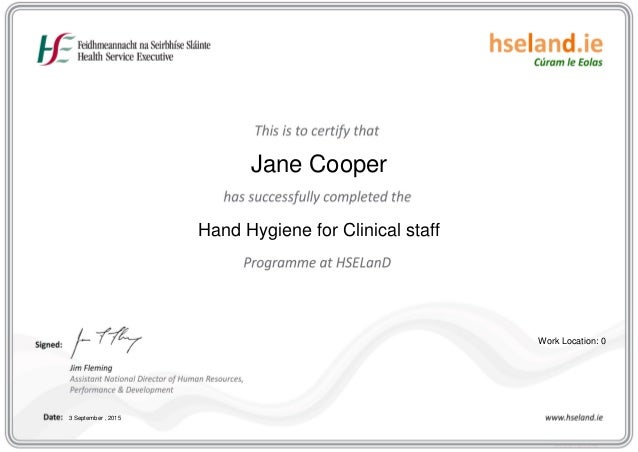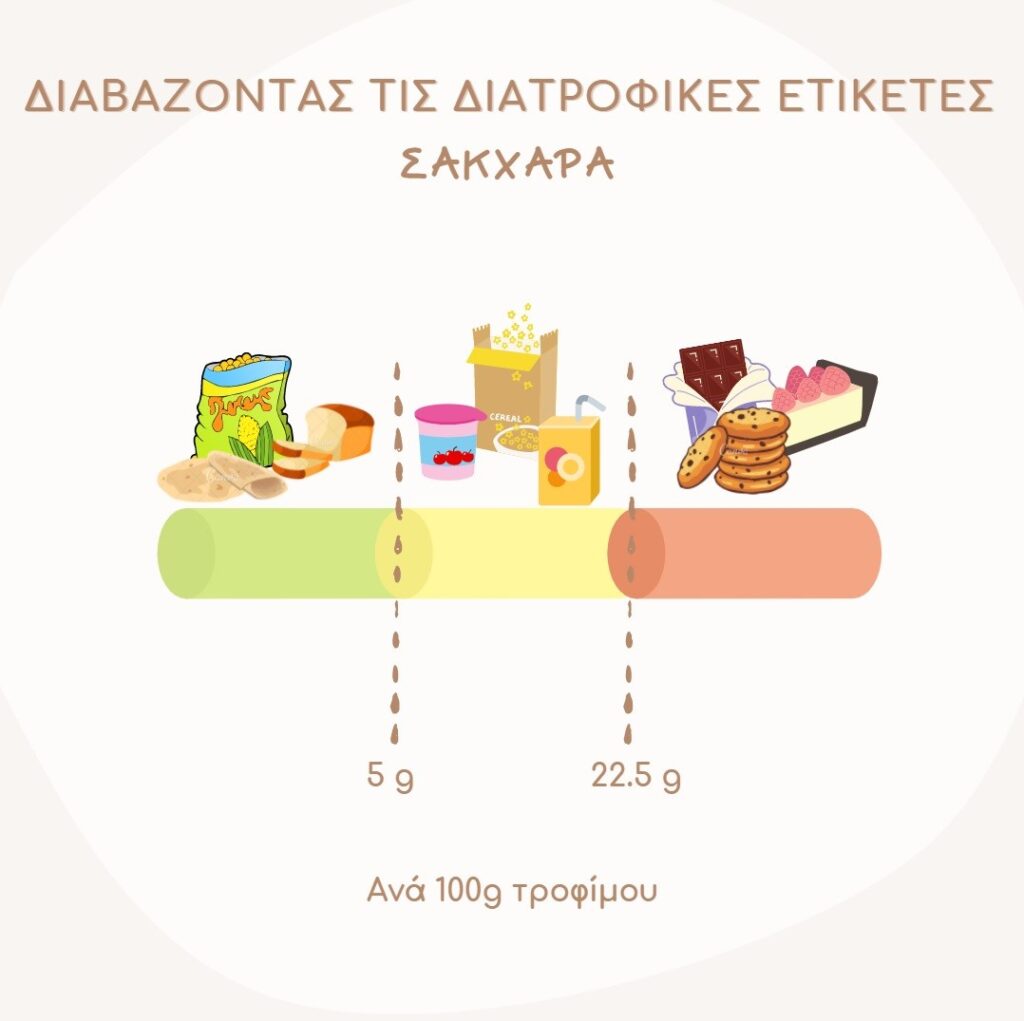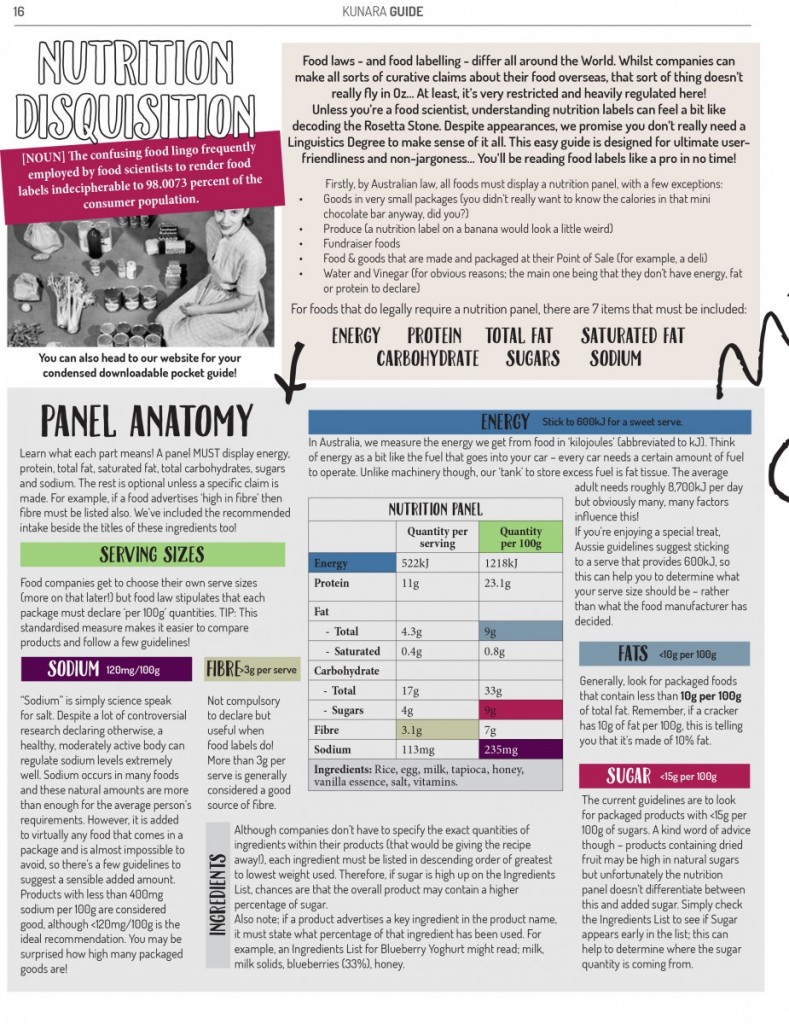44 reading food labels australia
Food labels - Better Health Channel Under labelling laws introduced in Australia in 2003, virtually all manufactured foods must carry an NIP. There are exceptions to the labelling requirements, such as: very small packages and foods like herbs, spices, salt, tea and coffee single ingredient foods (such as fresh fruit and vegetables, water and vinegar) food sold at fundraising events Food label reading guide | Nutrition Australia What to look for when reading food and drink labels (per 100g) Health Star Ratings The Health Star Rating is a front of pack labelling scheme which can be used to make healthier food choices at a glance. The rating range is from ½ - 5 stars and the more stars, the healthier the choice. Recommended minimum star ratings for food and drink categories
How to read food labels - healthdirect In Australia, the law requires all manufactured foods to carry labels containing safety and nutrition information. This information helps you to make decisions about the food you buy and eat so you can follow a healthy diet. The label will tell you: the name of the product, describing accurately what it is the brand name

Reading food labels australia
Labelling poster - how to read food labels This interactive resource explains the food labelling requirements set out in the Food Standards Code and what that information means. Click on the numbers to find out more about food labelling. A useful poster is also available. You can download a copy here (PDF 372KB), or for a printed A2 version please email information@foodstandards.gov.au. Understanding food labels fact sheet - NDSS Food labels will typically include a nutrition information panel, list of ingredients, the 'use by' or 'best before' date and identify potential food allergens and additives. Food labels also tell you the amount of carbohydrates (carbs) you eat and drink. This can help you manage your blood glucose levels. Reading food labels - Heart Foundation With one Australian having a heart attack or stroke every 4 minutes, you have the power to change this statistic. ... Salmon primavera spaghetti 15 minutes Serves 4 Mexican spice blend 5 minutes Smoking and tobacco regulation There are still more than 20,000 deaths caused by smoking every year. ... Tex Mex chicken burgers 10 minutes Serves 2
Reading food labels australia. How to understand food labels - Eat For Health The Nutrition Information Panel on a food label offers the simplest and easiest way to choose foods with less saturated fat, salt (sodium), added sugars and kilojoules, and more fibre. It can also be used to decide how large one serve of a food group choice or discretionary food would be and whether it's worth the kilojoules. PDF how to understand food labels - Eat For Health Not all labels include fibre. Choose breads and cereals with Sodium 3g or more per serve Nutrition Information Servings per package - 16 Serving size - 30g (2/3 cup) Per serve Per 100g Energy 432kJ 1441kJ Protein 2.8g 9.3g Fat Total 0.4g 1.2g Saturated 0.1g 0.3g Carbohydrate Total 18.9g 62.9g Sugars 3.5g 11.8g Fibre 6.4g 21.2g 65mg 215mg Labelling - Food Standards The Food Standards Code includes the general labelling and information requirements (Chapter 1 of the Code) that are relevant to all foods, and sets out which requirements apply in different situations (for example food for retail sale, food for catering purposes, or an intra-company transfer). PDF Food label reading guide - nutritionaustralia.org • The more stars out of five, the healthier the food or drink choice. Food labels Reading food and drink labels can help us make healthy choices. Food and drink labels will include information about the product, where and when it was made and a statement of ingredients, as well as any warnings or allergen statements. Most food or drink packages
PDF Reading Food Labels like a pro - Nutrition Australia healthy at work • an naq nutrition program • for more information visit or email healthyatwork@naqld.org Reading Food Labels Like a Pro NAQ Nutrition | 12/212 Curtin Ave West EAGLE FARM Qld 4009 | ph (07) 3257 4393 fax (07) 3257 4616 Food labelling - NSW Food Authority Food labelling. All food sold in Australia must comply with the Australia New Zealand Food Standards Code for labelling. Sometimes there are other requirements too - for example, total weight and measure statements are regulated by the National Measurement Institute. Everything said about a food on the label is also subject to Australian ... What's on a food label | NSW Food Authority All food labels must contain a lot identification code, a Lot ID. This provides important information about production and is used to help track the food if it is recalled. Australia New Zealand Food Standards Code - Standard 1.2.2 - Information requirements - food identification. Health and nutrition claims Food labels: understanding what's in my food | Sanitarium ... 1. Nutrition Information Panel. Nutrition information panels are the detailed boxes on many food products that list the energy, protein, fat, carbohydrate, sugar, dietary fibre, sodium and potentially other nutrients contained in the food. The good thing is they all look the same so once you've become familiar with the format, nutrition ...
Labelling - Food Standards Food labels also help to protect public health and safety by displaying information such as use by dates, ingredients, certain allergens, instructions for storage and preparation, and advisory and warning statements. FSANZ sets standards for what information must be on food labels. FSANZ has developed information on a range of labelling topics. Label reading - Baker Fact sheets. Label reading. This fact sheet gives you guidance on understanding how to read nutrition information panels to help you identify healthy choices. This fact sheet will allow you to identify processed and packaged foods that are: lower in energy (kJ) lower in saturated and trans fat. lower in sugar. lower in sodium (salt) Reading food labels to avoid food allergies and ... In Australia, many allergens must be declared on food labels regardless of the amount present. This includes ingredients that may be classed as processing aids e.g. flour used to coat moulds. Allergens that must be declared by law are milk, egg, soy, wheat, fish, seafood, tree nut and peanut. A variety of terms can be used to identify ... Reading food labels - Food Allergy Education How to read food labels that meet the new PEAL law Under the new PEAL law, common food allergens are to be listed with the plain English name alongside the actual ingredient name. This is shown in the label example below. In the statement of ingredients, declarations must: Be in bold font. Have bold font contrasting distinctly with other text.
PDF Reading food labels - Queensland Health Reading food labels . Understanding how to read food labels can help you make healthy food choices. Food Standards Australia and New Zealand (FSANZ) regulates food labelling in Australia. Most packaged food and drink must have a nutrition information panel. Exceptions include those in very small packages, some baked products and take-away food ...
PDF Reading food labels Reading food labels Developed by NAQ Nutrition with funding received from the Queensland Government funded Smart Choices Initiative. Understanding the information on a food label is essential for making healthy food choices. This fact sheet provides information on what to look for when reading a food label.
Understanding food labels: How to read Australian ... Under FSANZ rules, these labels must reveal how much of the following is in the product: Energy (in kilojoules or both kilojoules and calories) Protein Fat Saturated fat Carbohydrates Sugars Sodium (salt) These contents must show average amount per 100g (or 100ml for liquids) and per serving. A breakdown of what's on nutrition labels
How to read a food label - Healthy Kids Phone 02 9876 1300 or 1300 724 850 for those outside of Sydney.
PDF Food Labels Food identification To help identify a food, food labels must show: • the name of the food • the name and business address in Australia or New Zealand of the supplier of the food •12 the lot identification of the food. The name or description of the food must reflect its true nature (e.g. strawberry yoghurt must contain strawberries).
Reading food labels & nutrition panel - Diabetes Queensland Reading food labels When choosing packaged food, choose products with: lower energy (kilojoules) if you are trying to lose weight lower total and saturated fat lower sugar lower sodium higher fibre Every food label tells a story and the Nutrition Information Panel simply gives you the facts.
How to read food labels | New Idea Magazine Food Standards Australia and New Zealand [FSANZ] says there should be 12 components to a food label - including dates, ingredients, vitamins, certain allergens, ... Reading food labels helps ensure you are eating the recommended amount of nutrients and fibre. It's easy to be mislead due to labelling tricks as not all brown bread contain ...
Healthy Eating Active Living - How to read food labels and ... The Health Star Rating (HSR) is a quick and easy way to choose healthier packaged food and drink. The HSR takes the hard work out of reading food labels by rating food and drink from half a star to 5 stars - the more stars, the healthier the choice! For products without a Health Star Rating on the label you can use the FoodSwitch Application.
PDF how to understand food labels - Eat For Health Not all labels include fibre. Choose breads and cereals with 3g or more per serve Nutrition Information Servings per package - 16 Serving size - 30g (2/3 cup) Per serve Per 100g Energy 432kJ 1441kJ Protein 2.8g 9.3g Fat Total 0.4g 1.2g Saturated 0.1g 0.3g Carbohydrate Total 18.9g 62.9g Sugars 3.5g 11.8g Fibre 6.4g 21.2g Sodium 65mg 215mg
How to read food labels in Australia: Find nasties and ... My advice for reading food labels is to look at the 'per 100g' values, as 'per serve' can often be misleading if you're likely to eat more than the suggested serving size. The 'per 100g' column is also the most useful for comparing products to assess their sugar, protein, sodium and fat content.
PDF Food Labels What do they mean? - Food Standards Food labels must have the name and business address in Australia or New Zealand of the manufacturer or importer, as well as the lot identification of the food (or date coding). This makes food recalls, on the rare occasion that they are necessary, more efficient and effective.

How to Calculate Net Carbs on Keto (With and Without Sugar Alcohols) | Keto Vale | Sugar alcohol ...
Reading food labels - Heart Foundation With one Australian having a heart attack or stroke every 4 minutes, you have the power to change this statistic. ... Salmon primavera spaghetti 15 minutes Serves 4 Mexican spice blend 5 minutes Smoking and tobacco regulation There are still more than 20,000 deaths caused by smoking every year. ... Tex Mex chicken burgers 10 minutes Serves 2
Understanding food labels fact sheet - NDSS Food labels will typically include a nutrition information panel, list of ingredients, the 'use by' or 'best before' date and identify potential food allergens and additives. Food labels also tell you the amount of carbohydrates (carbs) you eat and drink. This can help you manage your blood glucose levels.
Labelling poster - how to read food labels This interactive resource explains the food labelling requirements set out in the Food Standards Code and what that information means. Click on the numbers to find out more about food labelling. A useful poster is also available. You can download a copy here (PDF 372KB), or for a printed A2 version please email information@foodstandards.gov.au.














Post a Comment for "44 reading food labels australia"